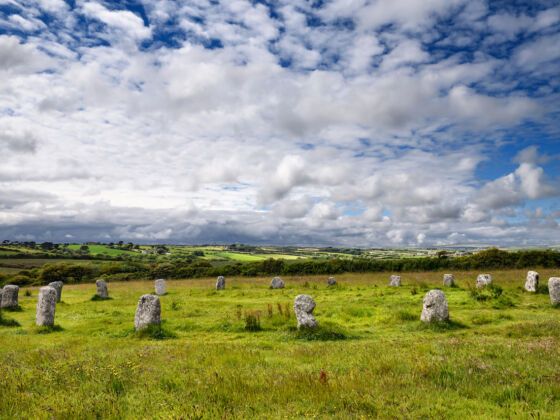THOUSANDS OF PEOPLE in the UK celebrate solstice at Stonehenge twice a year, but this is only one of over 1,000 stone circles in Britain.
Maps of prehistoric Europe show how Stone Age humans traveled across the channel from mainland Europe into what is now southeast England, and then spread out to the north and west. The Megalithic and Beaker cultures dominated Britain two thousand years later, and they built the great stone structures that still grace the islands today.
Trips previously described sites in the Stonehenge and Avebury area. Just in time for Summer Solstice 2010, here are seven of the best of the rest from southwest to northeast.
